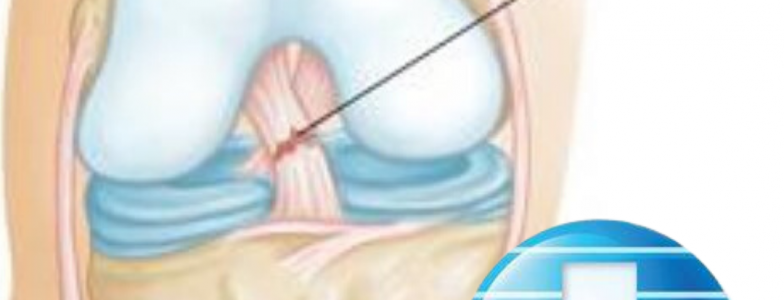
Chamber Expert Article: Presented by Humboldt Chamber Member Jeff Lansdale of Sports Plus Rehab – Humboldt.
Today I would like to discuss anterior cruciate ligament injury and injury prevention. One might ask what is a ligament? Basically a ligament is strong connective tissue that connects bones one to another. The ligaments keep the bones and joints in proper alignment so that they can function correctly. Generally speaking, the anterior cruciate ligament functions to prevent the leg bone, which is below the knee, from moving too far forward on the thigh bone which is above the knee. The anterior cruciate ligament also controls rotational forces at the knee joint. The anterior cruciate ligament or “ACL” is one of the primary stabilizers of the knee joint and we often hear about the ACL when someone injures their knee. If someone says, “I blew out my knee” they are most often talking about an anterior cruciate injury. Tearing the ACL is a severe injury and usually requires surgical reconstruction and prolonged recovery before a person can return to their previous level of activity. The prolonged timeline is especially true in the athletic population, particularly in high demand sports such as football, soccer, basketball, and volleyball. About 350,000 ACL reconstruction surgeries will be performed annually in the U.S.
As the father of two athletic daughters, it was very interesting to me to learn that young female athletes injure the ACL at a rate 4-6 times greater than their male counterparts. A great deal of research has been undertaken to try and determine why the female athlete, particularly in her adolescent years, is more prone to injuring the ACL. As is often the case, there seem to be multiple factors; some we think we understand and then some maybe not so much. There are anatomical, biomechanical, and hormonal differences between male and female athletes that have been studied and are suspected to play a role in the increased injury rates noted in the adolescent female. Those hard biological factors can’t be changed. They are what they are.
Most ACL injuries are non-contact in nature and often result during planting, cutting, and pivoting activities. Landing from a jump can also be a time of concern. Researchers discovered female athletes tend to stand more erect with straighter knees during these tasks. Girls also let the knees slant in or come together to a greater degree during these same planting, cutting, and landing activities. These positions and movements have been shown to increase stress on the ACL. The good news is that these “neuromuscular” tendencies can be mitigated by simple training regimens.
The neuromuscular risk factors can be impacted through nothing more complicated than a regular exercise program. The program should include certain balance, strengthening, and jump training components, along with proper education and coaching “feedback” regarding correct technique. The program needs to be performed at least 3-4 times per week for a minimum of six weeks to begin showing results. With regular performance of a good ACL Injury Prevention Program, the injury rate in females can be decreased to that of untrained males. That’s a huge impact!
The great news is that you do not have to be a healthcare professional to start a program. A typical regimen is about twenty minutes in length and can be implemented by a coach or even a player after a short bit of instruction. I know a local basketball coach that has her captains run an ACL Injury Prevention Program as her warm up. The process works beautifully with great results. It really is easy and just takes a little dedication. Quality programs are readily available in step-by-step format from multiple sources including the internet, but it is a good idea to check with a rehabilitation or athletic training professional to make sure you are using a program that includes all the needed components.
Despite all the advances in medicine, surgery, and rehabilitation, up to 20% of ACL reconstruction patients suffer re-injury within two years. Ten to twelve years after ACL reconstruction, up to 79% of patients begin to demonstrate early signs of osteoarthritis. There are downstream consequences and costs for this injury. We owe it to our girls, and boys as well, to step in and do what we can to protect them as best we can from ACL injury. As a father of daughters, and a physical therapist, I would like to see injury prevention programs implemented throughout our youth sports leagues worldwide. Amateur sports organizations including FIFA, AAU, YVBA need to lead the way by adopting an ACL Injury Prevention Program. As more and more girls step forward into competitive athletics and experience all the good life lessons sport provides, let us make sure they stay healthy and finish strong. There is no reason it can’t start right here in Gibson County. Let’s lead the way.
Jeff Lansdale, PT, OCS
Program Manager Humboldt Sports Plus
731-824-5551
Jeff.Lansdale@wth.org
